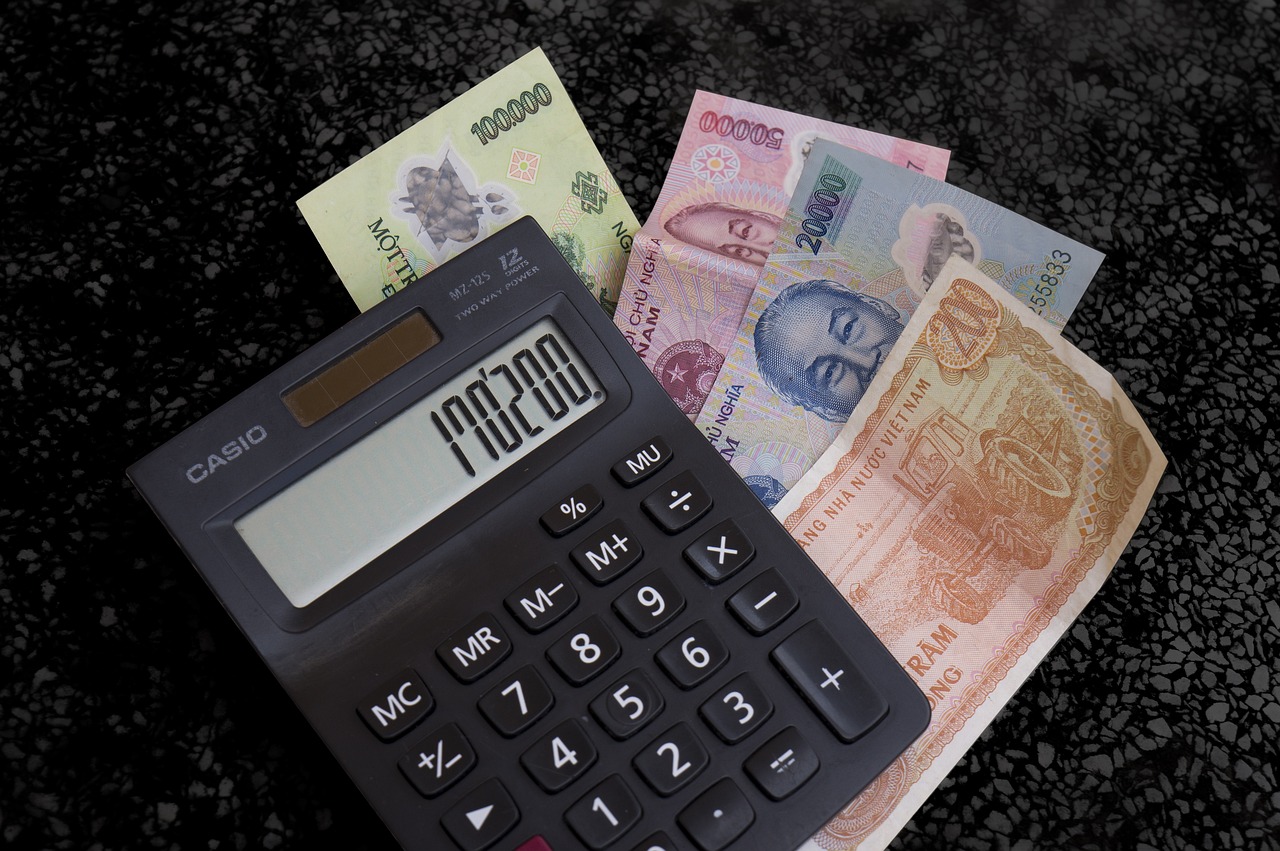Mastering Debit Card Transfers: Limits, Security, Scheduling, International Options, and Troubleshooting Failed Transactions
GPT_Global - 2025-06-10 03:30:02.0 154
Are there any limits on the amount that can be transferred between debit cards?
When it comes to transferring money between debit cards, there may be limits on the amount that can be transferred. These limits are set by banks, financial institutions, and remittance service providers to ensure security and prevent fraudulent activities. It's important for consumers to understand these restrictions to avoid any inconvenience during transactions. The transfer limit can vary depending on the provider and the type of account held by the sender and recipient. For example, some banks may have daily, weekly, or monthly transfer limits. It's advisable to check with your specific bank or remittance service to know the exact limits applicable to your account. In addition to bank-imposed limits, certain countries may have regulatory limits on the amount of money that can be sent internationally. These regulations are in place to comply with anti-money laundering laws and other financial regulations. It is essential for customers to be aware of these legal restrictions when planning to transfer large sums of money across borders using debit cards. To sum up, while transferring money between debit cards is a convenient option, it is governed by certain limitations that users must be aware of. Checking with your service provider and understanding the applicable laws will help ensure a smooth transaction process.
What security measures should I take when transferring money from one debit card to another?
When transferring money from one debit card to another, it's essential to implement robust security measures to protect your finances. Firstly, ensure you're using a secure and reputable platform for the transaction. Look for services that use encryption technology and have strong privacy policies in place. Additionally, verify the recipient's information thoroughly before initiating the transfer to avoid sending money to the wrong person. Another vital security measure is to enable two-factor authentication (2FA) on your accounts. This adds an extra layer of security by requiring a second form of verification, such as a code sent to your phone, in addition to your password. Be cautious of phishing attempts and scams asking for your card details or PIN. Always double-check URLs and email senders to ensure they are legitimate. Lastly, monitor your bank statements regularly to detect any unauthorized transactions promptly. Set up alerts for any activity on your account to stay informed in real-time. By taking these precautions, you can ensure a safe and secure money transfer experience between debit cards.Is it possible to schedule recurring transfers between debit cards?
When it comes to managing finances, scheduling recurring transfers between debit cards can be a convenient way to ensure regular payments or remittances are made on time. However, the ability to set up these recurring transactions depends on the specific policies and capabilities of the financial institutions involved. Most banks and online payment platforms do allow for recurring transfers between accounts held within the same institution. This can be useful for automating payments like bills, rent, or even saving plans. But, when it comes to transferring funds regularly between different debit cards, it may not always be possible directly. For individuals who need to make frequent remittances, one practical solution could be using a dedicated remittance service that supports scheduled transactions. These services are designed to handle cross-border payments and often provide the option to automate transfers, making them an ideal choice for recurring payments abroad. By utilizing these platforms, users can ensure their money is transferred safely and on a consistent schedule, thereby simplifying their financial management and providing peace of mind.Can I transfer money from my debit card to someone else's debit card internationally?
Transferring money from your debit card to another person's debit card internationally has become easier with advancements in technology and the rise of digital remittance services. Many financial institutions, banks, and online platforms now offer various options for sending money across borders efficiently and securely.
When choosing a service for international money transfers, it's essential to verify key information such as transaction fees, exchange rates, transfer limits, and processing time. Some providers allow direct card-to-card transfers while others may require intermediary steps. Additionally, it's crucial to ensure that both the sender's and the recipient's banks support international transactions.
Using a trusted remittance provider can ensure safe and timely delivery of funds. Look for services with strong security measures, reliable customer support, and positive reviews from other users. The convenience of transferring funds directly from one debit card to another can significantly reduce the hassle associated with traditional methods and provide peace of mind knowing that your money will reach its destination securely.
What should I do if a debit card to debit card transfer fails?
When a debit card to debit card transfer fails in the context of remittance, it is essential to take immediate action to resolve the issue. Firstly, check for any errors in the information entered such as incorrect card numbers or expiration dates. If all details are accurate, contact the customer service of the financial institution managing the transfer. They may provide specific guidance or help identify the cause of the failure. It is also advisable to review the terms and conditions related to the transfer service, as there may be restrictions or limits that could cause the transaction to fail. Additionally, ensure that there are sufficient funds in the account linked to the debit card initiating the transfer. If the problem persists, consider using an alternative method for the remittance, such as a bank transfer or a reliable online platform. Furthermore, maintaining records of all transactions, including failed ones, can be helpful in case further investigation or proof of attempted transfer is needed. By following these steps, one can effectively manage and troubleshoot a failed debit card to debit card transfer in the remittance process.
About Panda Remit
Panda Remit is committed to providing global users with more convenient, safe, reliable, and affordable online cross-border remittance services。
International remittance services from more than 30 countries/regions around the world are now available: including Japan, Hong Kong, Europe, the United States, Australia, and other markets, and are recognized and trusted by millions of users around the world.
Visit Panda Remit Official Website or Download PandaRemit App, to learn more about remittance info.

